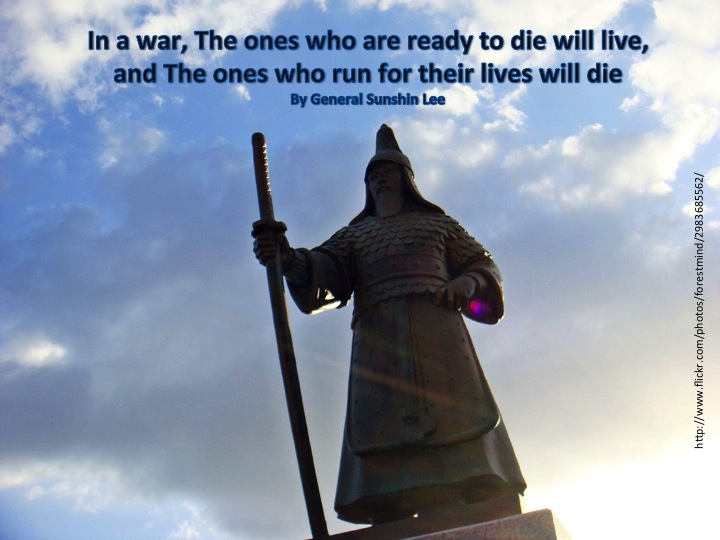1a) Learning to cite and source – Scavenger hunt
1b) From Wikipedia Oct. 12. 2012
- “Quotations: Add an inline citation when quoting published material, whether within quotation marks or not, whether using direct or indirect speech. When using footnotes, the citation should be placed in the first footnote after the quotation. In-text attribution is often appropriate.
- Close paraphrasing: Add an inline citation when closely paraphrasing a source’s words. In-text attribution is often appropriate, especially for statements describing a person’s published opinions or words. In-text attribution is not appropriate for other forms of close paraphrasing, such as if you paraphrase “The sky is usually blue” as “The sky is often the color blue”.
- Contentious statements about living people: Editors must take particular care adding biographical material about a living personto any Wikipedia page. Such material requires a high degree of sensitivity; do not leave unsourced information that may damage the reputation of living persons or organizations in articles.
- Exceptional claims: Exceptional claims in Wikipedia require high-quality reliable sources (see WP:REDFLAG):
-
- Surprising or apparently important claims not covered by mainstream sources;
- Reports of a statement by someone that seems out of character, embarrassing, controversial, or against an interest they had previously defended;
- Claims that are contradicted by the prevailing view within the relevant community, or which would significantly alter mainstream assumptions, especially in science, medicine, history, politics, and biographies of living persons, and especially when proponents consider that there is a conspiracy to silence them.
- Other: Opinions, data and statistics, and statements based on someone’s scientific work should be cited and attributed to their authors in the text.”
2a)
Attribution – You need to say on the post that who made or created the image or the quote.
Noncommercial – You can’t make any profit with the image or the quote.
Share Alike – When you post this image or quote in your blog, you have to use the same or similar license.
2b)
2c)
www.naver.com is one of the searchable site like google, but it is not as comfortable as Flicker to find good pictures.
3a)
“Do not announce my death. The fight is not over” – Lee Sunshin
this quote is also one of the quotes from a great general in Korea. He died on the sea protecting Korea from Japanese when they tried to invade us. He said this right before he died. he didn’t want the enemy to know that he was dead because he knew that they were afraid of him, and if they found out that he died, they would get much stronger.
4) Am I free to copy facts and ideas?
“Yes. You are free to report the facts and ideas embodied in another person’s article or web page. Copyright only protects the expression — the combination of words and structure that expresses the factual information — not the facts themselves.” – https://www.eff.org/issues/bloggers/legal/liability/IP
This means that you are allowed to copy facts and ideas from someone else since it is called ‘learning’, however you can’t copy every single word of it or lie to other people that you wrote it.

